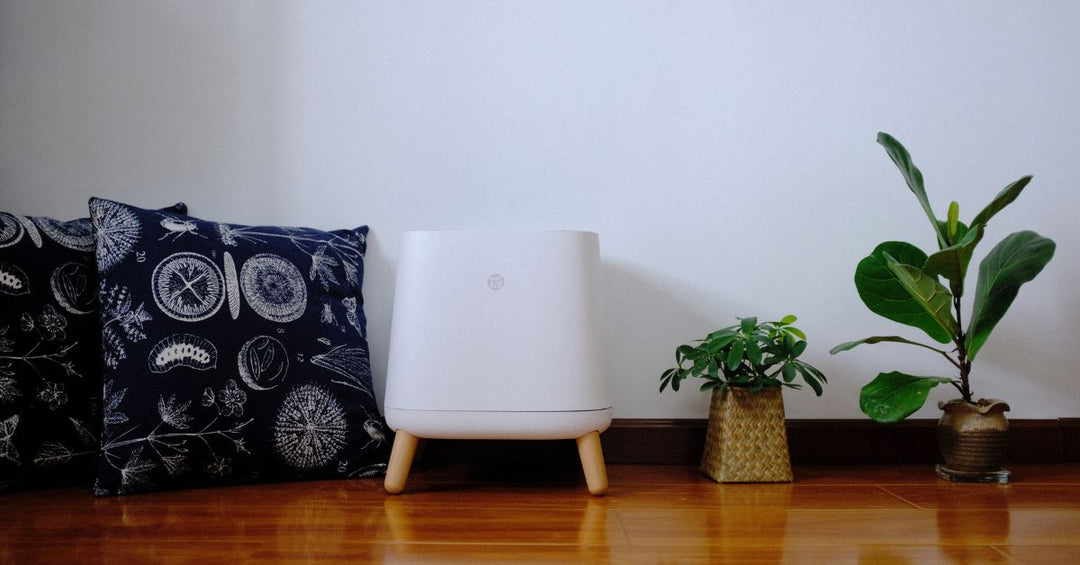HEPA Air Purifiers for Schools: CDC Guidelines Explained

Creating healthy indoor environments has become a pressing priority for schools. With respiratory illnesses and airborne threats posing challenges to public health, ensuring proper air filtration in classrooms is vital.
HEPA (high-efficiency particulate air) purifiers stand out among the most effective tools to achieve cleaner indoor air. Their effectiveness in reducing airborne contaminants garnered attention from organizations such as the Centers for Disease Control and Prevention (CDC).
This guide will explain the CDC guidelines for school air quality and how to comply by using HEPA air purifiers. By understanding how these devices maintain healthier learning spaces, school leaders can implement them according to expert suggestions and regulations.
What Makes HEPA Air Purifiers Valuable for Schools?
School buildings present unique air-quality challenges. Classrooms typically house many students in a confined space, likely with limited air circulation. Activities such as talking, sneezing, and coughing increase particles in the air, including allergens, dust, and airborne pathogens. Poor ventilation exacerbates these challenges, making classrooms potential hot spots for airborne transmission of illnesses.
HEPA air purifiers address this problem by filtering the air and capturing 99.97 percent of particles. This includes common allergens, such as pollen, dander, mold spores, and even bacteria and viruses. In removing these particles, HEPA filters contribute to a cleaner and healthier environment for students and staff.
How Do HEPA Air Purifiers Work?
HEPA filters consist of dense layers of fine fibers, typically comprising materials such as polyester (PET) and polypropylene (PP). These fibers create a maze through which air passes, trapping particles by three primary mechanisms:
- Interception—Particles traveling with the airflow come into contact with the fibers and adhere to them.
- Impaction—Larger particles are unable to follow the airflow’s curved path and collide with the fibers, where they remain trapped.
- Diffusion—Very small particles collide with other molecules, slowing their movement and increasing the likelihood of becoming trapped in the fibers.
Once trapped, these particles cannot re-enter the air, meaning the purifier continuously works to improve air quality. Many models include additional features such as carbon filters to neutralize odors.

CDC Guidelines for Improving Ventilation in Schools
The CDC emphasizes the need for good ventilation in schools as part of its broader strategy to maintain healthy learning environments. According to their recommendations, schools should implement at least one air-cleaning approach alongside ventilation improvements to reduce airborne contaminants. Dive further into key highlights about how HEPA air purifiers can help schools comply with CDC guidelines.
A Layered Approach to Ventilation
The CDC stresses using multiple strategies to improve air quality. HEPA purifiers can complement mechanical ventilation systems by capturing contaminants that escape standard HVAC filtration.
Portable HEPA Air Cleaners
Where permanent upgrades to HVAC systems are impractical, portable air cleaners with HEPA filters are viable alternatives. They are especially suitable for classrooms, libraries, cafeterias, gyms, and offices.
Placement Recommendations
The positioning of HEPA air purifiers plays a significant role in their effectiveness. The CDC advises placing purifiers in central locations or near areas with higher airflow to maximize coverage.
Use of Outdoor Air
Bringing in outdoor air can improve indoor air quality by diluting airborne particles and increasing fresh air flow. When it is safe to do so, opening windows or using ventilation systems that draw outdoor air can be an effective supplementary measure. The CDC advises schools to assess local outdoor air quality, taking factors such as pollution and weather into account before implementing this strategy.
The Benefits of HEPA Air Purifiers in School Environments
HEPA air purifiers offer distinct advantages that extend beyond capturing airborne particles. Their consistent use in schools contributes to a range of health and productivity benefits.
Reduced Absenteeism
By removing allergens, molds, and pathogens from indoor air, HEPA purifiers lower the risk of respiratory illnesses spreading among students and staff. Healthier indoor air reduces sick days, allowing students to maintain consistent attendance and engagement with their education. Likewise, it helps teachers remain healthy to report to work and instruct their students.
Administrators and parent-teacher associations can work together to improve air quality for students, teachers, and academic staff by obtaining HEPA air purifiers for schools from Smarter HEPA. Our efficient air purifiers allow students to breathe the clean air they deserve, whether they’re in class learning or in the cafeteria eating and socializing.
Improved Cognitive Performance
Going hand in hand with reduced sickness and absenteeism, cleaner air can lead to better concentration, fewer headaches, and improved overall well-being. This creates conditions conducive to learning.
Support for Vulnerable Students
Students with asthma, allergies, or compromised immune systems face greater risks in poorly ventilated spaces. HEPA purifiers provide an added layer of protection, creating more inclusive environments where all students can thrive.
Quiet Operation
A concern for most air-cleaning solutions is noise disruption, but many HEPA air purifiers, such as those from Smarter HEPA, operate quietly. This allows them to function without disturbing classroom activities or creating distractions for students.
Easy Integration
Portable HEPA air purifiers are cost-effective and don’t require structural changes. This makes them flexible solutions that can adapt to schools’ diverse needs.

Points To Consider When Selecting a HEPA Air Purifier for Schools
Choosing the right HEPA air purifier involves balancing factors such as room size, air quality needs, and budget. Key considerations include the following:
- Room coverage: Look for a purifier with the appropriate CADR rating for the room size it will serve, as too small of a purifier may fail to filter all the air effectively, while an oversized unit may waste energy.
- Noise levels: Devices with lower decibel ratings are ideal as they don’t disrupt learning.
- Energy efficiency: Some models include energy-saving modes or certifications such as ENERGY STAR, which helps minimize operational costs, a practical concern for budget-conscious schools.
- Filter replacement and maintenance: Check the replacement schedule for the HEPA filter and associated costs, as you must replace filters regularly to maintain efficiency.
Align HEPA Implementation With Broader Health Strategies
Enhance HEPA air purifiers’ effectiveness by integrating them into a comprehensive strategy that addresses all aspects of indoor air quality. Schools should consider HEPA purifiers a part of a layered prevention approach that incorporates measures such as these:
- Regular maintenance of HVAC systems
- Encouraging outdoor air ventilation whenever possible
- Educating staff and students about the importance of maintaining a clean environment
A Step Toward Healthier Schools
HEPA air purifiers are impactful ways to address indoor air quality concerns and prioritize students’ and staff’s health and safety. Their ability to capture fine particles, including allergens and pathogens, aligns with CDC recommendations for improving ventilation. By creating cleaner air, HEPA purifiers can foster an environment where students can focus on learning and thrive academically.





